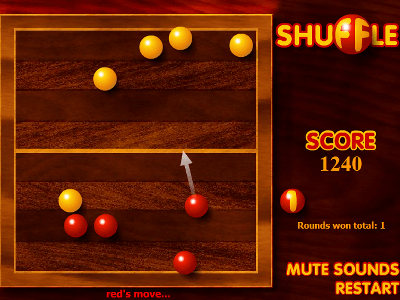A coin toss explains why altruistic behavior of being kind to others even at the cost of oneself is established.

Humans are creatures that help others even if it is not for their own benefit. This kind of altruistic behavior is a mystery in evolutionary biology and is the subject of research, but economist Ole Peters explains one theory that could be the basis for why such behavior occurs, based on a coin toss. doing.
For to withhold is to perish – Ergodicity economics
Mr. Peters previously proposed the mysterious theory ``Peters' coin toss'', which states that if a coin toss is repeated by multiple people, a good result will be obtained, but if repeated by one person, a bad result will be obtained. This is explained in detail in the article below.
At first glance, it looks like you'll definitely make money, but if you keep trying, you'll lose big time ``Peters' Coin Toss'' - GIGAZINE

Peters' coin toss rules are as follows:
・Starting money is $100
・If you toss a coin and it comes up heads, you will receive an additional 50% of your money.
・If you toss a coin and it comes up tails, 40% of your money will be confiscated.
・You can repeat the coin toss as many times as you like
At first glance, Peters' coin toss seems like a game in which the more you play, the more you lose. The probability of getting heads or tails in a coin toss is 1 in 2. If one person rolls heads (1.5x) and tails (0.6x) once, then 1.5 x 0.6 = 0.9x, and the money in hand will decrease by 10% in two rounds.
However, if you continue to play this game with multiple people, the results will change. If the number of players is close to infinity, half of the players will roll heads in one round, turning $100 into $150, and half will roll tails, turning $100 into $60. Add $150 and $60 and divide by 2 to get $105. The total amount of money you have will increase by 5% in each round.

When presented with a game that says, ``If you keep playing alone, you will lose, but if you keep playing with two or more people, you may win.'' Of course, in order to win, you need to play with two or more people. If you play with two or more people and split the profits, there is a greater chance that neither of you will lose out.
If you run a simulation, you will see that each time the number of collaborators increases, the profit becomes positive, and the break-even point is exceeded when three people are gathered. In the simulator below, you can adjust the collaborators (N) and number of trials (T) as you like and see the results.

These results show that those who choose to act alone decline, and those who learn to give flourish. The theory was based on Mr. Peters's hypothesis, but Mr. Peters argued that it was a theory that would change the perspective of economists. 'At the limit where there are people, wealth grows at the expected rate of growth. The more we share, the faster we can make progress.'

Related Posts:
in Posted by log1p_kr






